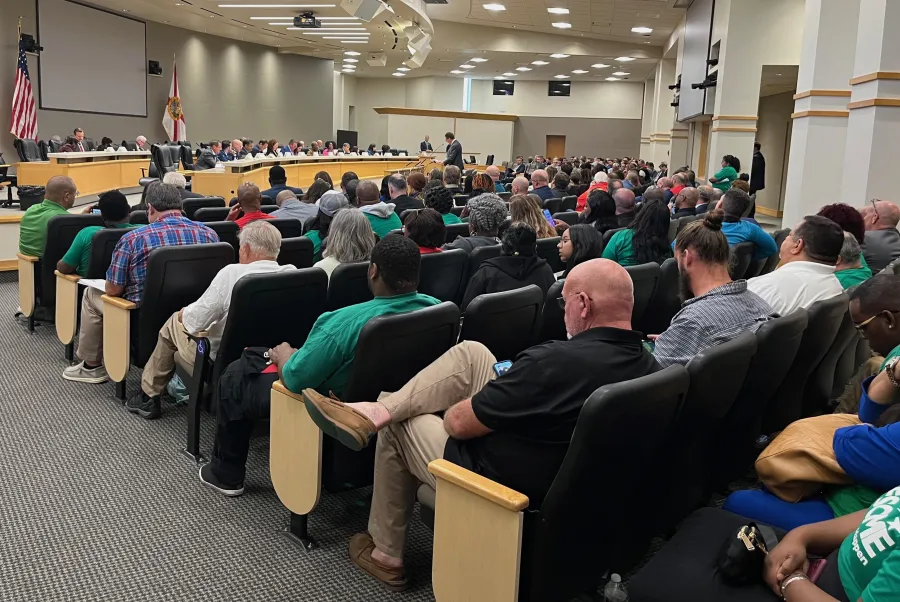Is Gov. DeSantis Good for Florida Employees?

Jim Call writes in the Tallahassee Democrat that staff shortages mixed with a tight job market and low pay makes it hard for the state to fill vacancies.
“There is currently more than a 25% state vacancy rate, meaning residents are not getting the services they deserve, and employees are overworked and burning out,” said Vicki Hall AFSCME Florida president, when asked about DeSantis and workers.
Hall said recent raises are a “positive sign.”
According to Richard Flamm, a Florida Wildlife Conservation Commission scientist who participated in contract negotiations as an AFSCME steward,DeSantis representatives showed up at contract negotiating sessions between AFSCME, the labor union representing46,000 employees, and the Department of Management Services.
Call writes that there is consternation among the workforce over what some see as an attempt to undermine workers' ability to organize to address workplace concerns. This article ran before the House passed SB 256, which attempts to impose restrictions on the freedom to join a union.
The negotiations marked the first time in 20 years the union and the state reached an agreement at the bargaining table. The tradition has been for the Legislature to resolve outstanding issues with the passage of a state budget that ended negotiations.
“The governor’s office representative was taking a lot of notes and when the governor's budget came out, it reflected a lot of what we were saying,” said Flamm.
'Overworked and burning out': Florida's shrinking state workforce
Florida has the smallest and least expensive state government workforce, according to the Department of Management’s Annual Workforce survey.
At $39 payroll cost per resident, Florida spends less than 49 other states. Arizona is second at $52. The national average is $91.
There are 84 funded state positions per 10,000 residents. The second lowest is Nevada with 95. The national average is 171.
And Florida’s workforce is getting smaller.
As Florida’s population continues to grow, the state employes fewer people to manage the state’s resources and care for vulnerable children, the elderly and the environment.
There are nearly three million more residents today than there were in 2013 but nine thousand fewer state workers.
The actual workforce is even smaller. DMS reports there are 16,000 state jobs funded but vacant.
This has consequences, said workers. It slows things down.
More at Is Gov. DeSantis good for Florida employees? What the record shows (subscription required)
